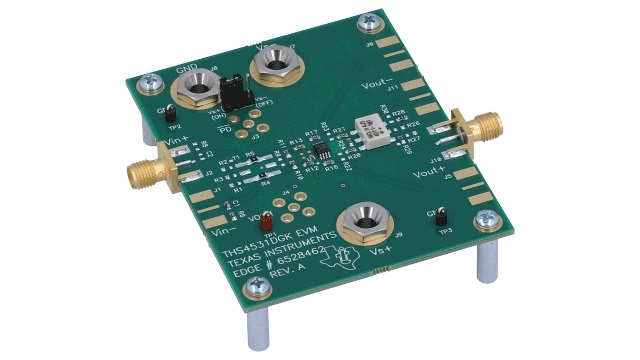Hi,
I am using THS4531IDGKR in my design. In the evaluation kit of the part I see a transformer at the input. what is the use of transformer. As the datasheet states that transformer are used to convert differential signals to single ended. My input signal will be differential. Even in this scenario is the transformer necessary. Or is it only needed if the input is single ended and to convert it into differential.


